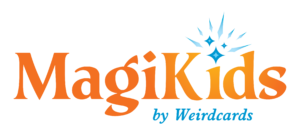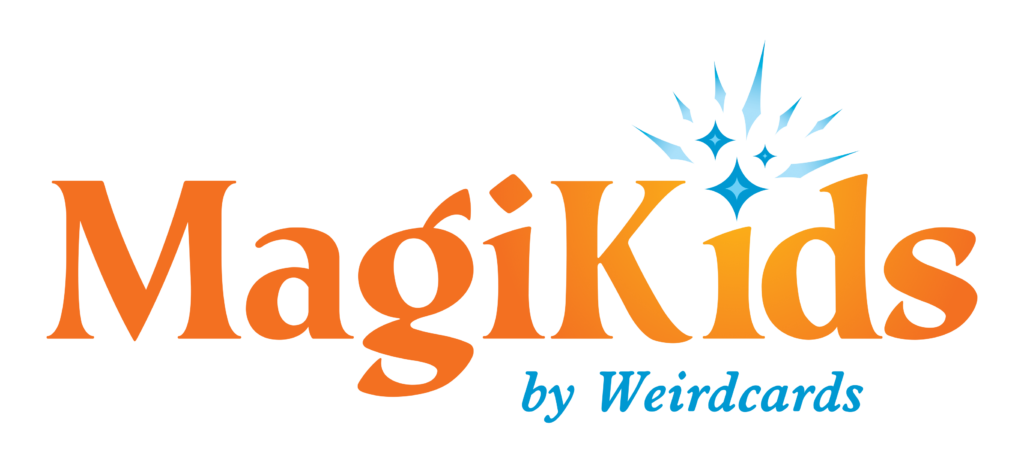Building Skills:
Running a MagiKids Group for Kids with ASD
Rem D’Ambrosio writes about his work with FIVE Behaviour Consulatation Services, using Magic to build the skills of kids on the Autism spectrum.
FIVE is based out of Southern Vancouver Island, British Columbia, Canada.
My name is Rem D’Ambrosio, and I’m a Behaviour Interventionist working with children on the Autism spectrum. As part of my work with FIVE Behaviour Consulation Services, I run a few social groups where children and teens with ASD come together to play games like Magic: The Gathering. So far, I’ve found MTG to be a particularly fun and effective platform for building all kinds of social and problem-solving skills. There are valuable lessons to be found, learned, and expanded upon, across every level of the game and meta-game.
When I introduce a new group member to MTG, I don’t present them with a rule book or even any cards. Instead I show them the color pie, and briefly explain the themes that MTG veterans associate with each. White magic structures and supports; blue magic seeks knowledge and control; black magic attains power at any cost; red magic embodies passion and force; green magic promotes growth and synergy. By this point, most players are already reaching for one of the welcome decks, already having a good idea of which is most suited to them. After playing a couple games and teaching them the ropes, I always offer them the chance to change their mind, to pick another color… An offer which no player has ever taken me up on. Once they’ve seen what a color has to offer, they want to stick with it!
The next step is to add a second color, so at this point I introduce players to the relevant combinations and the associated guilds of Ravnica. By the time the players have assembled a simple 60-card, two-color deck, they have already begun to express themselves and form attachments based on their choices. This combination of game mechanics, aesthetics, and story elements elevate MTG’s learning experience beyond what most games can offer. Each member of the social group now has at least some understanding of what their deck is supposed to do, and what they as a player can do to guide and improve it.
After this point I still play games of MTG against group members, but they do most of the teaching themselves. Every match between two players is an opportunity for both to learn conversational skills, problem solving, and sportsmanship, all while expressing themselves via their decks. I encourage them to compete against one another, but never to keep score: instead of tallying up wins at the end of each session, they spend time helping each other make changes to their decks. They discuss which cards and/or strategies were effective, and which need improvement. With the help of MagiKids, I always have plenty of new cards to offer, which they eagerly add to their collections. Since every player is seeking a different path to victory, I’ve never seen two of them fighting over the same card.
I definitely recommend MTG to parents, educators, and childcare workers everywhere. Children with or without disabilities have a lot to learn from the game, and I guarantee they’ll have fun doing it… As will you! Just make sure you don’t get too sucked in. If you’re not careful, then soon you’ll be the one with a giant collection of cards, donating entire crate-fulls to Weirdcards just so you don’t drown in them!


